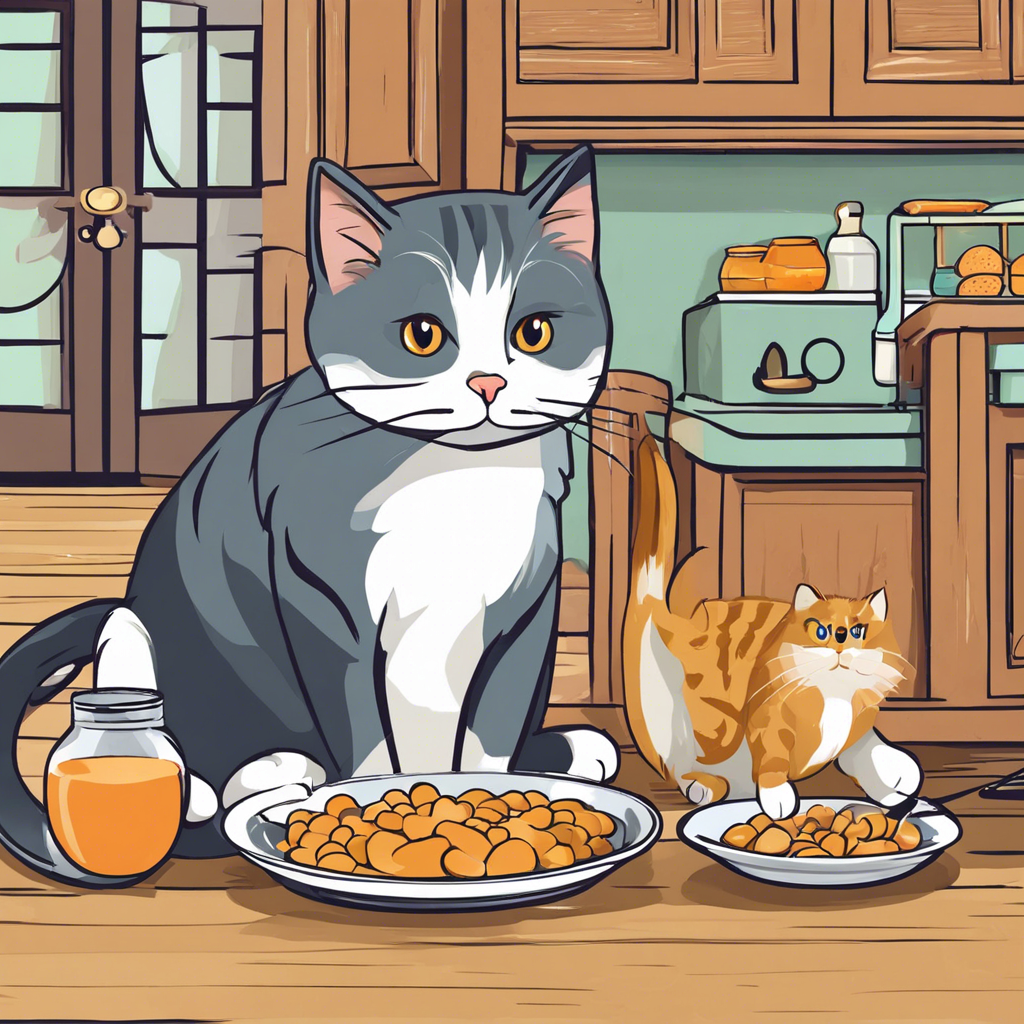Senior cats have unique nutritional needs, and creating a feeding schedule that meets those needs can be a challenge for owners. As cats age, their metabolism slows, and they may become less active, requiring fewer calories to maintain a healthy weight. At the same time, older cats are also prone to developing health issues that can impact their appetite and nutritional requirements. So, how often should you feed your senior cat, and how much is just right?
First and foremost, it’s important to recognize that every cat is unique, and their feeding schedule should be tailored to their individual needs. The amount and frequency of meals can vary depending on factors such as weight, activity level, and any underlying health conditions. A trip to the veterinarian can help owners identify these variables and develop a personalized diet for their cat. A typical healthy senior cat may do well with two meals a day, spaced evenly apart. This can help to keep their energy levels stable and provide a sense of routine. However, for cats with health issues such as diabetes or kidney disease, smaller, more frequent meals may be recommended.
For example, a cat with diabetes may require three or more small meals a day to help regulate their blood sugar, while a cat with kidney disease may need a special diet low in protein and phosphorus, fed in several small servings throughout the day to encourage eating. It is imperative to keep in mind that older cats may have a diminished sense of smell and taste, which can lead to a decreased appetite. To combat this, owners can try offering wet food, which has a stronger aroma and flavor than dry food. Adding low-sodium chicken or fish broth to the food can also enhance its smell and taste, making it more appealing to picky eaters.
The quality of food is just as important as the quantity. Senior cats should be fed a well-balanced diet that is high in protein to help maintain muscle mass and support overall health. Look for foods that list real meat or fish as the first ingredient, and avoid those high in fillers like corn or soy. The older cats’ diets should also be adjusted to account for their lower activity levels and reduced energy requirements. Overfeeding can lead to obesity, which can exacerbate existing health issues and shorten a cat’s lifespan.
It is also vital to ensure that fresh water is always available, as adequate hydration is critical for senior cats’ health. Some cats may prefer drinking from a running faucet or a pet fountain, so providing options can encourage more water intake. Monitoring your cat’s weight is essential, and regular weigh-ins at the veterinarian can help identify any concerning weight loss or gain. Adjustments to the diet or feeding schedule can then be made as needed.
In summary, feeding your senior cat a well-balanced diet and creating a consistent feeding schedule are vital for their health and well-being. Tailoring the amount and frequency of meals to their individual needs, whether they have health issues or are just less active, can help them stay healthy and happy. Remember to work closely with your veterinarian to create a personalized plan for your cat and to monitor their weight and overall condition regularly. By taking these steps, you can ensure your senior cat receives the nutrition they need to thrive during their golden years.

